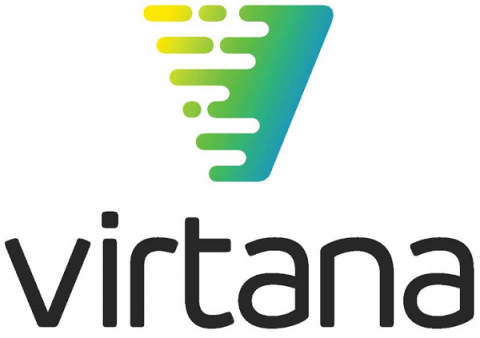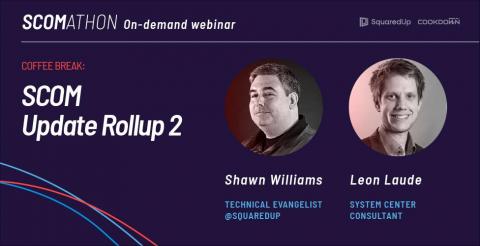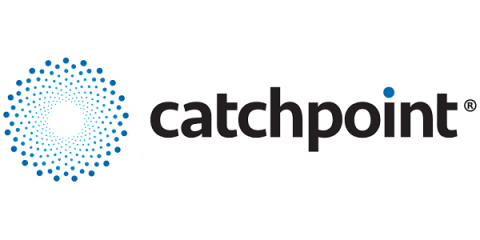Virtana Offers Cost-Effective, Plug-and-Play Alternative as NetApp Sunsets OCI Monitoring and Optimization Platform
San Jose, CA, September 15, 2020 —OnCommand Insight (OCI) users worried about ongoing support, updates, and upgrades for NetApp’s legacy tool now have an alternative platform to migrate to that is operational in 250+ of the largest enterprises as a future-proofing multi-cloud solution, proven to avoid disruption. OCI users can immediately transition to VirtualWisdom by Virtana with plug-and-play ease and financial incentives.









